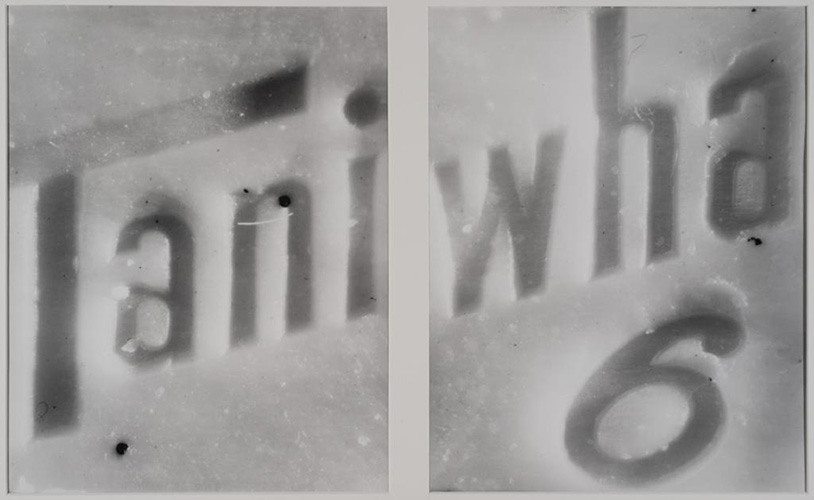This is a block of soap, Taniwha, a lot of people would have seen it. Every time I look at the image I can smell the soap. These particular blocks of soap were in my grandmother’s laundry. She lived in a state house in Mt Roskill and it had an old copper in it and these were up on the wall with her washing powder – they were there for years. So that smell is a very kind of happy and comforting smell. Taniwha soap in our family has a bit of a history because my great aunt Olive, my grandfather’s sister, worked for the Methodist Mission for years – she was an unmarried woman who was just doing heaps of charity all the time.
She had a little Morris Minor, one the ones that had the wood on the back, and there would always be boxes of soap – of Taniwha soap – in the back because she would be giving it out to the people who couldn’t afford washing powder. So we always had it and my grandmother always had it – so it always reminded me of my aunt Olive and her good works. She got a Queen’s Service Medal for her charity work so she was a real sweet little lady. She was part Maori, as was my grandad, and they were both adopted by a family that lived in Harcourt Street, in Ponsonby. So for me, this is quite a personal work.
It did take me quite a long time to work out how to photograph it, I had the soap in the studio for quite a long time, but I didn’t want to jump the gun, I knew that it was quite difficult to do well and to kind of conserve the spirit of it and the emotional content of it.
The waxy quality and the semi-transparent quality of the soap – that was something that I had to work at, also because the name is negatively indented into the soap, that was just a matter of using a light across the surface then you can pick up all the little bits dust and spots and the kind of grungy aspects of it, works against the idea of the soap.
I do treat the soap photograph as a form of portraiture, it’s something that I’ve developed out of my interests in animism and spectrums of consciousness as that there are levels of consciousness in everything from stones up to animals and then up to people. That’s something that I try to respect in this object even if it isn’t a consciousness, it’s just a kind of charge of history and personal feeling.
